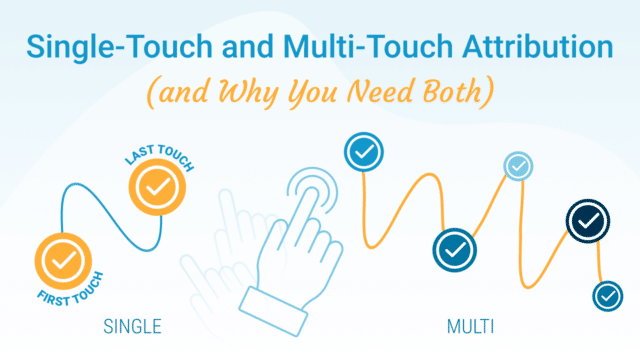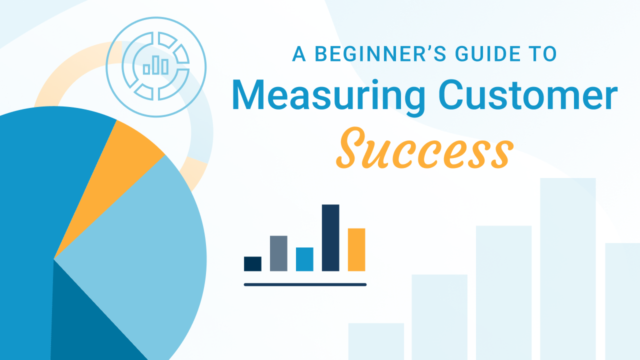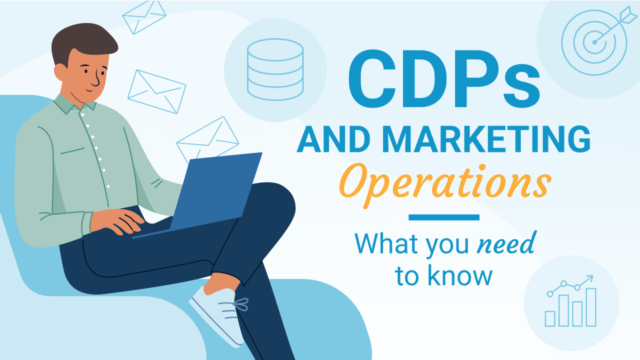At CloudKettle, we have a lot of clients with significant resources who can facilitate the creation of the most complex, custom attribution models possible. And that is amazing. We’re fortunate to get to work with them as they hammer out incremental 1% improvements in performance week after week after week. But a model that complex is also absolutely useless to present to a Board of Directors or Senior Leadership team.
In this post, we’ll discuss the two main types of attribution models – single-touch and multi-touch, how each one plays its own important role, and how ONLY focusing on a multi-touch attribution model can actually be the biggest mistake you can make.
So first – let’s get clear what we’re talking about.
A Single-Touch attribution model assigns the entire credit for a conversion to the first or last touchpoint a customer interacts with. These are, not surprisingly, commonly known as First Touch and Last Touch Attribution. As an example, if a customer initially discovers a brand through an ad, the entire credit for that conversion would go to that ad (First Touch). If the same customer went to an event, went online and made a purchase, the entire credit would go to that event (Last Touch). Single touch attribution provides insights into the initial or final touchpoints that drive customer awareness and interest.
Many companies, particularly those that have had former Salesforce Marketing and Sales Leaders at the helm use the “4 horses” model of first-touch attribution, breaking attribution into 4 main categories:
- Marketing
- Outbound/BDR
- Upsell/Cross-sell (Expansion)
- Partnerships
Companies find this very useful because it focuses attention and effort on the GENERATION of pipeline. Focusing on the optimization of pipeline is important, but in the case of first touch and the four horses, attention is paid to the organization of pipeline – where can we throw resources to grow the top of the funnel as fast as possible. It isn’t surprising this four horses model was used internally at Salesforce and is popular with startups – generally these companies are in a high growth phases, optimization can happen later, and rapid pipeline growth has to happen today. With first-touch there’s no nuance. Something falls into one of the buckets, and that’s that.
On the other hand, a Multi-Touch attribution model takes into account many touchpoints along the customer journey and distributes the credit for a conversion. This approach recognizes that customers often engage with different channels and touchpoints before making a purchase decision. By considering more than just first or last touchpoints, multi-touch attribution provides a more holistic view of the customer journey and helps businesses understand the impact of each touchpoint in driving conversions.
At a small company, single-touch may be the only attribution model you really need, but as your company grows and your capacity for more complex models expands, you really need BOTH first-touch and multi-touch.
But… wait?
Why not just multi-touch attribution once you reach a certain company size or complexity?
And the answer to that is relatively simple:
If you cannot explain your attribution model in under a minute to the people making decisions, it is probably too complicated to be helpful.
The multi-touch model opens up too much opportunity for finger pointing and discord instead of just focusing on growing pipeline and revenue. If you are a big enterprise company, hopefully you have a pipeline council made up of the CRO, CMO, CEO and probably some Business Intelligence team members. This group is meeting regularly, and when examining forecasting and pipeline, simply does not have the time to go much deeper than a single-touch model. And the 4 horses model works well here – hey, we do not have enough leads in APAC, if we don’t rapidly generate leads there, we are going to miss our next quarter in that market. We need to generate leads quickly. If you try to get into multi-touch and discuss how marketing or sales is performing (or not performing) then people will start picking things apart and disagreeing. And the moment that begins, everyone has lost.
Brian Goldfarb (formerly Salesforce, Microsoft, Splunk) describes first-touch attribution as “the most brutal attribution model in terms of how it treats marketing. But it’s also the best one because you never have to fight about it.”
The purpose of the pipeline council meeting is to understand if you are generating enough high quality pipeline and moving it through the appropriate stages to hit next Quarter goals in every market and/or segment. The C Suite needs to understand where the gaps are, and multi-touch attribution is often too complex to be part of this meeting. This doesn’t mean that Marketing’s efforts in the later stages of a deal are not important – but it DOES mean that this is not the time and place to try to focus on the finer details of multi-touch attribution models. This meeting is for discerning where the gaps are, and making decisions to quickly reallocate resources to enhance the pipeline in the future.
Can you explain your model in a minute or less? No?
Then don’t try to show it to a board member or executive committee.
However, within Marketing – multi-touch can be very important. Different models will work for different companies – maybe a U-shaped model or a W-shaped model. But this complexity and nuance makes sense in Marketing because the purpose of the model is to optimize performance of marketing dollars.
If you rely purely on a first touch attribution within Marketing, then you start to get errors where too much credit is given to things like events, and no credit at all to things that are further down in the funnel. But if you’re measuring attribution in a more sophisticated way, then you start to be able to identify the real performers. For example – one trend we see regularly in companies that have started to really fine tune their attribution models is the realisation that newsletter is actually the unsung hero of every marketing group. They are very effective and cost relatively little. On the flip side, we often see that self hosted events may be good to close the sale or for client maintenance, but have limited ROI when it comes to lead acquisition.
A multi-touch model helps Marketers see these patterns, so that decisions can be made in an educated way to optimize performance within the Marketing group – not just in lead generation, but also in aiding the sale all the way down the funnel until the way it closes.
So… where does that leave us?
Mature organizations need two models. Single-touch and Multi-touch.
Two purposes: Big picture decision making and optimizing long term performance.
It’s absolutely true that single-touch can be brutal in terms of how harsh it is – and it does favour sales in terms of how it’s constructed. But there is no nuance, it’s easily explained, and it is defensible, making it ideally suited to be the model that belongs in the boardroom.
Want to hear our CEO Greg Poirier talk this through on the RevOps Podcast? Listen here.
Want help sorting out your own attribution models? We would love to talk about that with you. (It’s quite literally one of our favorite topics.) So get in touch!



